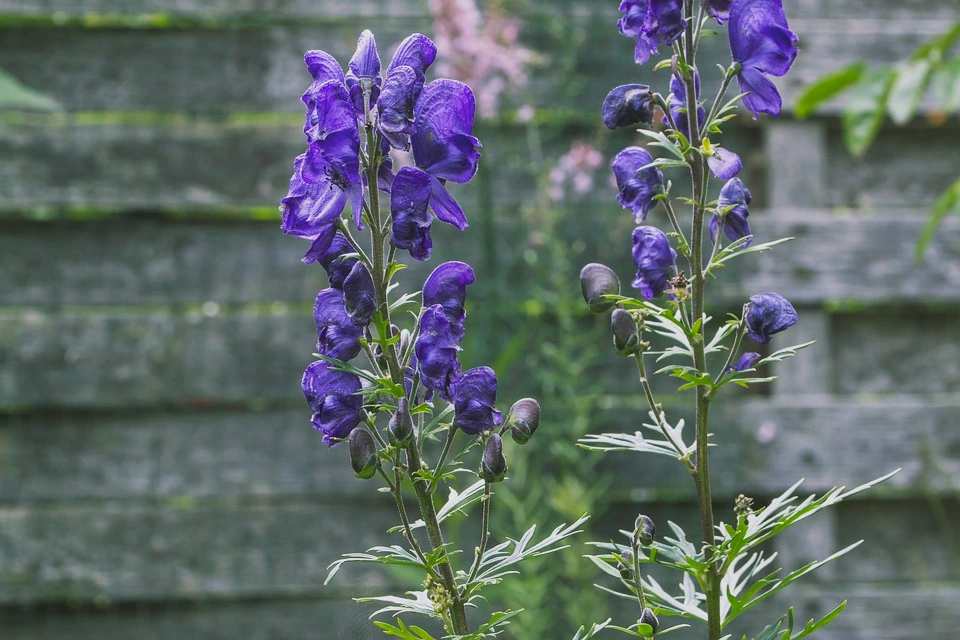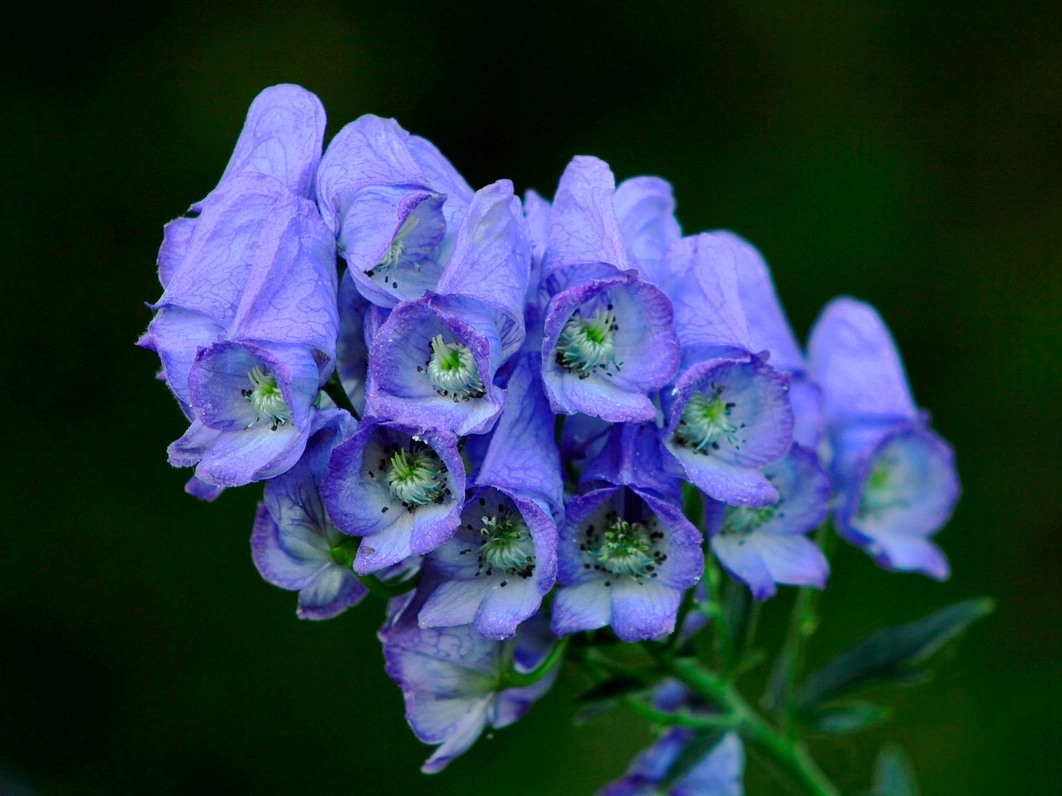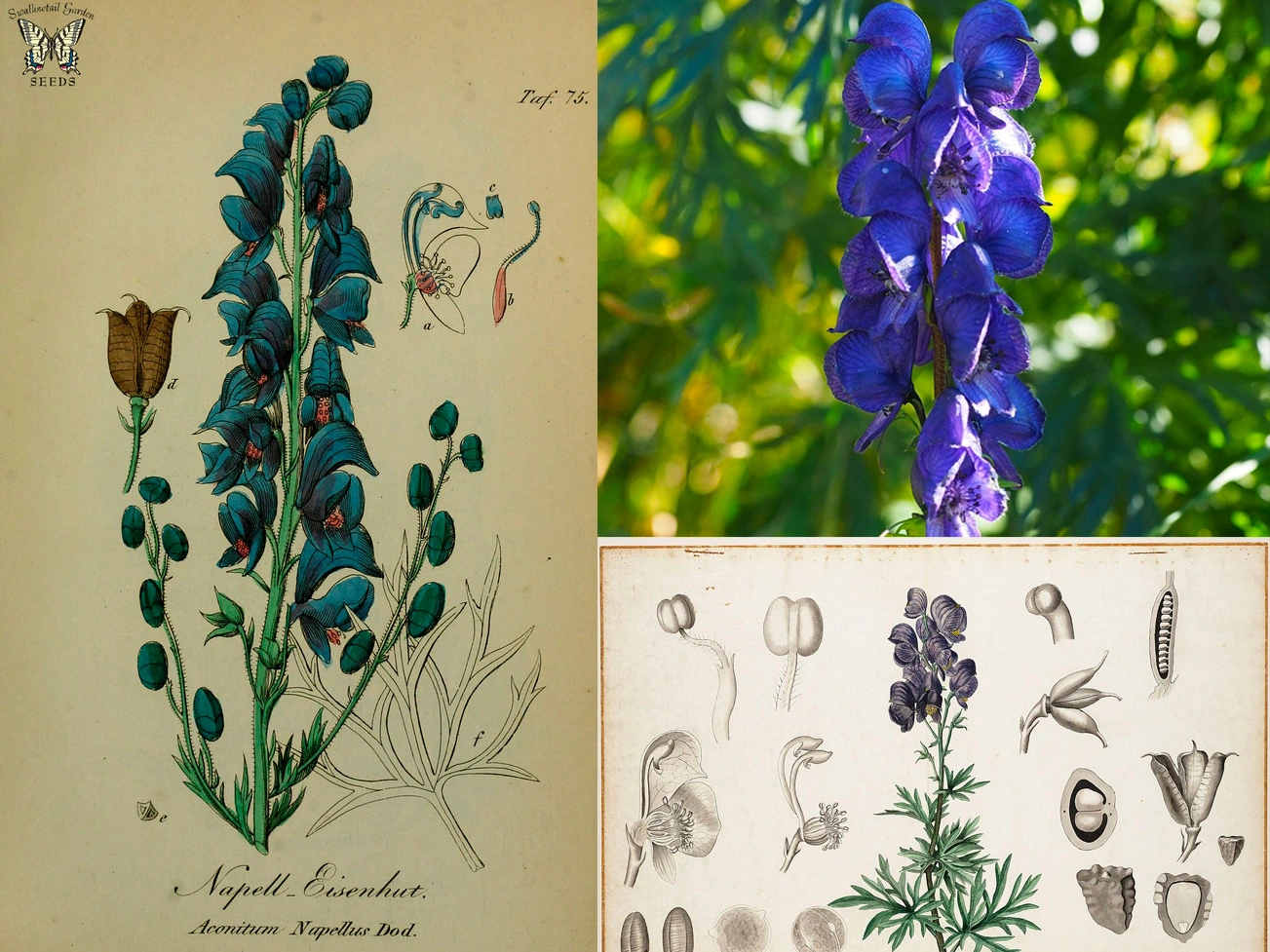The Aconite flower, also known as the monkshood, wolf’s bane, or queen of poisons, is a fascinating and mysterious flower that has captured the imagination of many for centuries.
With its striking blue, purple, or yellow blooms and its toxic properties, the aconite flower has been the subject of numerous myths, legends, and folklore. But what does this enigmatic flower symbolize? In this article, we will explore the aconite flower’s meaning and its cultural significance throughout history.
Table of Contents
Aconite Flower Symbolism: Poison and Protection
The most notable aspect of the aconite flower is its toxicity. All parts of the plant contain aconitine, a potent poison that can cause cardiac arrest and death if ingested in large quantities. However, the aconite flower also has a long history of medicinal use, particularly in traditional Chinese medicine, where it was used to treat pain, inflammation, and fever.
Because of its toxic properties, the aconite flower has also been associated with protection and warding off evil. In ancient times, it was believed that wearing aconite root as an amulet could protect against curses and hexes. The aconite flower is also said to be a symbol of strength and perseverance in the face of adversity.
Aconite Flower Meaning in Mythology and Folklore
The aconite flower has played a significant role in mythology and folklore across different cultures. In Greek mythology, the goddess Hecate was said to have used aconite to create a potion that gave her the power to transform into animals. In Norse mythology, aconite was associated with the god Odin, who was said to have used the plant to create magical spells.
In medieval Europe, aconite was believed to be a key ingredient in witches’ potions and was associated with dark magic and witchcraft. In some cultures, the aconite flower was also believed to have a connection with death and the afterlife. In Japan, for example, aconite was used to decorate graves and was said to keep evil spirits away.
Aconite Flower Meaning Today
Today, the aconite flower is primarily grown as an ornamental plant in gardens and parks, where its striking blooms add a touch of drama and beauty. However, the aconite flower’s symbolism and cultural significance continue to fascinate and inspire people worldwide.
In conclusion, the aconite flower meaning is complex and multi-faceted, reflecting its long history of use in medicine, magic, and mythology.
Whether you view the aconite flower as a symbol of protection, strength, or danger, there is no denying its allure and fascination. So the next time you come across an aconite flower, take a moment to appreciate its beauty and ponder its hidden meanings.




